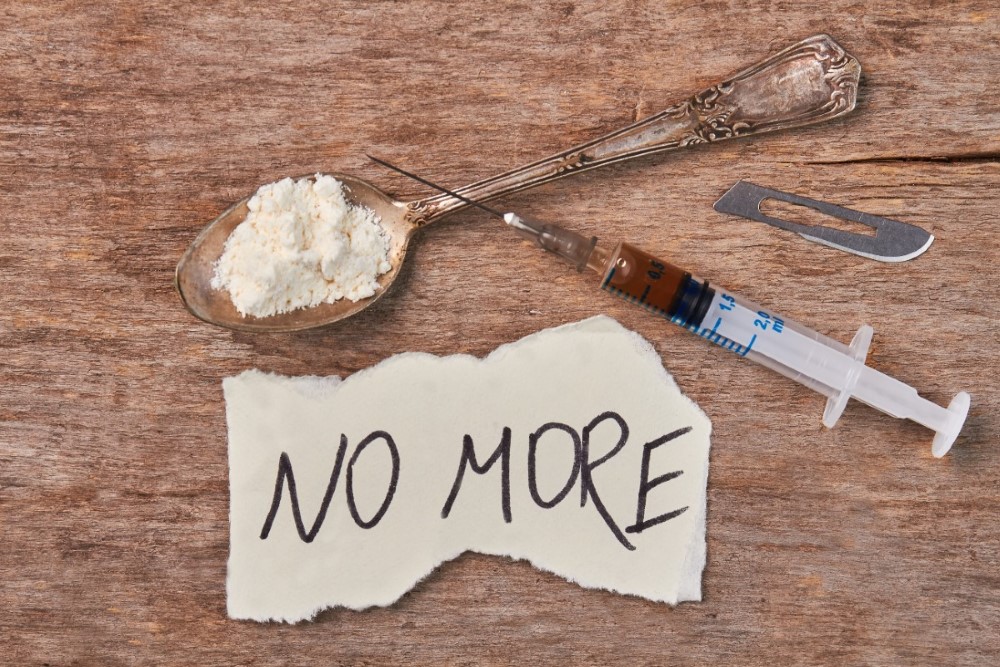You might wonder how exactly substances can hijack the brain so powerfully. It begins with understanding the brain’s reward system. Drugs and alcohol stimulate this system, flooding the brain with dopamine, a neurotransmitter associated with pleasure and motivation. However, the brain’s response to these chemicals changes with prolonged use. This change is not just a temporary alteration in mood or sensation; it’s a profound shift in the brain’s chemistry and function, leading to addiction.
Brain Plasticity and Substance Abuse
The brain is remarkably adaptable, a quality known as plasticity. This trait allows us to learn and remember, but it also plays a critical role in addiction. Repeated substance use can reshape the brain’s neural pathways, altering decision-making, learning, memory, and control over behavior. The changes can be long-lasting, explaining why recovery from addiction is not just a matter of willpower. Your brain’s altered state may continue to drive addictive behaviors, even in the absence of the substance.
Impact on Cognitive Functions
Substance abuse isn’t limited to just influencing the brain’s reward system. It extends to cognitive functions such as judgment, decision-making, planning, and impulse control. Prolonged use can lead to deficits in these areas, making it increasingly challenging to resist the drug, manage responsibilities, or consider the long-term consequences of actions. Recognizing these impacts can be crucial in understanding why someone struggling with addiction might act out of character or struggle with tasks they once found easy.
The Controversy of Addiction as a Disease
A significant and sometimes controversial topic in addiction science is the concept of addiction as a disease. This perspective argues that addiction is a chronic brain disorder, not just a behavioral issue or a moral failing. Understanding addiction as a disease can shift how it’s treated and perceived socially. It encourages a focus on medical and therapeutic interventions rather than solely on punitive measures. However, this view also raises debates about personal responsibility, free will, and the social implications of labeling addiction as a disease.
Future Directions in Addiction Neuroscience
Emerging research is continuously reshaping our understanding of how substance abuse alters the brain. One hot topic is the exploration of how different substances may uniquely affect brain chemistry and structure. These insights promise more targeted treatment strategies. Equally vital is the increasing awareness of how social, environmental, and genetic factors intersect with neurobiological changes in addiction. This comprehensive view paves the way for more holistic and effective intervention strategies, considering the individual as a whole rather than just focusing on the chemical dependencies.
Substance addiction not only affects behavior but also leads to significant structural changes in the brain. Key areas responsible for critical cognitive functions like judgment, decision-making, learning, and memory undergo physical alterations. Connections between neurons, the brain’s information processing units, are pruned back in some regions, while other areas may experience an increase in these connections. Such changes result in certain behaviors becoming deeply ingrained or “hard-wired” into the brain’s functioning.
But it’s not just substance addiction that reshapes our brain; behavioral addictions do, too. These addictions — think gambling, internet, or shopping — impact the brain’s reward system, similar to substance abuse. They trigger the brain in ways akin to drug use, leading to similar effects: impaired impulse control, obsessional thoughts, troubled relationships, financial issues, and distractions. Behavioral addictions vividly demonstrate that activities, not just chemical substances, can significantly rewire our brain circuitry.
Central to both substance and behavioral addictions is the mesolimbic dopamine pathway, often described as the brain’s reward circuit. This pathway plays a pivotal role in the feelings of pleasure and reinforces behaviors necessary for survival, like eating and procreation. However, in addiction, this pathway becomes hijacked by either substances or addictive behaviors, leading to the excessive focus and dependence that characterize an addictive disorder.
Understanding these brain changes emphasizes that addiction is far more complex than a mere lack of willpower or moral failing. It’s a deeply entrenched alteration in the brain’s structure and chemistry, explaining why overcoming addiction is so challenging and requires comprehensive strategies that go beyond mere abstinence. This insight is crucial not just in contexts like South Africa, where substance abuse issues are prevalent, but universally, underscoring the need for a holistic and empathetic approach to treatment and recovery in addiction.
Prevalence of Addiction and its Brain Impact
Nearly 21 million Americans have at least one addiction, yet only 10% receive treatment. This staggering figure highlights the widespread nature of addiction and underscores the urgent need to understand how these addictions are altering brain structures and behaviors, leading to a healthcare crisis.
Changes in Adolescent Brain Development Due to Substance Abuse
Adolescents are particularly vulnerable to the effects of substance abuse on brain development. Studies indicate that teenagers using addictive substances can experience long-term impacts on their cognitive functions and emotional regulation, given their brains are still in a critical developmental phase.
Rate of Dopamine Increase by Drugs
Certain drugs can increase levels of dopamine, the “feel-good” neurotransmitter, in the brain’s reward circuit by up to 10 times more than natural reward behaviors. This significant surge underscores why substances can be so addictive and how they overpower natural rewards, leading to dependency.
Impact on Decision-Making and Impulse Control
Research reveals that chronic substance abuse can lead to a reduction in the gray matter in areas of the brain associated with decision-making, impulse control, and emotional regulation. This loss of gray matter can lead to increased impulsivity and poor judgment, hallmarks of addictive behavior.
Behavioral Addictions and Brain Alterations
Not limited to substance abuse, behavioral addictions, such as gambling or internet addiction, also exhibit changes in the brain’s neural circuitry. These addictions can cause a decline in the frontal lobe function, which is crucial for impulse control and decision-making, mirroring the effects seen in traditional substance addictions.
Understanding Brain Alterations Due to Addictive Behaviors
As we delve into the complexities of how addictive substances influence brain chemistry, it becomes evident that the impact is both profound and far-reaching. The alteration of dopamine levels, the reduction in gray matter, and the changes in the brain’s reward circuits due to substances or compulsive behaviors showcase the physical underpinnings of addiction. These transformations lead to lasting effects on an individual’s decision-making abilities, impulse control, and overall mental health. Recognizing these changes is crucial for developing effective treatment strategies and support systems to aid in the recovery and rehabilitation process.
Insights into Neurological Changes from Substance Abuse
Exploring how substance abuse reshapes the neurological landscape offers vital clues into the nature of addiction. When substances artificially spike neurotransmitter levels or alter brain structure, they fundamentally shift how individuals experience rewards, make decisions, and control impulses. Especially in adolescents, whose brains are still developing, these changes can have enduring consequences. Addressing addiction requires a holistic understanding of these neuroscientific changes to foster more effective and empathetic approaches to treatment, emphasizing the critical need for early intervention and ongoing support in addiction recovery.




